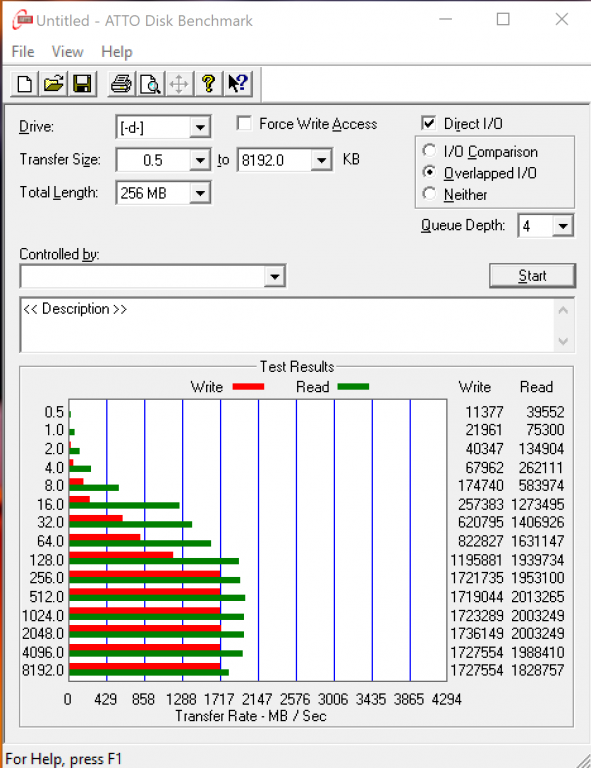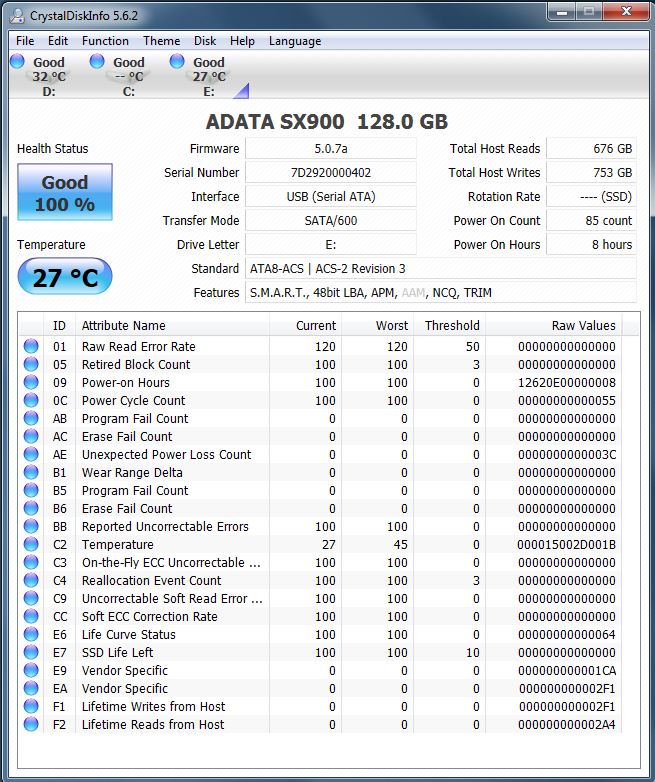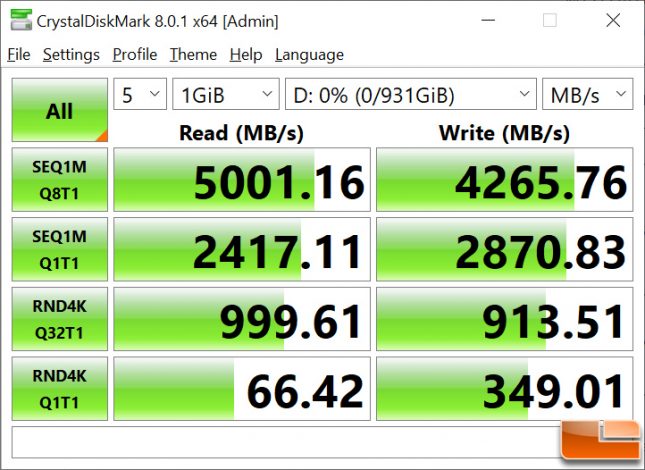
Power-On Hours - How long the drive has been powered on. Bad sector in the right place can do a lot of damage. Remember, it isn't the fact your drive has bad sectors but WHERE it has sectors that can cause a lot of pain. But if goes over 10 I would replace the drive. However, there are times it cannot, ran out of spare sectors or there is other damage on the drive. They do accumulate overtime and drive can reallocate bad sectors. Areas of the drive that cannot be read or written to. Reallocated Sector Count- These are bad sectors. Basically measures how long the drive takes to spin up. Spin-up Time - Can indicate spindle issues. This is the read error rate of attempting to read data from the surface of the disk. This can indicate something is wrong with the drive. Read Error Rate- Rate at which your drive is having read errors. There are other parts of SMART that can give indications of drive failure such as read error rate, CRC error count, g-sense (g load detected AKA your drive was dropped), and free fall detection (detects a drive failling, retracts the heads and prepares for impact). Currently in hex that value is reading as 0. I replace drives once they have bad sectors and no longer trust them. Your drive only supports reallocated sector count.

The things to pay attention to with a hard drive are going to be the following: Go Function > Advanced Features > Raw Values and change it to 10. You need to change Crystal Disk Info from hex to decimal to read that. The values presented can be changed under the function menu, by default they are shown in HEX, decimal (10) would be the easier choice to read the values and make sense of. I suspect that it's in KiloBytes, if that it makes sense that I've written 79 TB. I've written more than a TB till date for sure. Are these values collected since windows fresh installation?įor eg: total host writes in decimal= 82904169597 bytes. I've seen wikipedia's "SMART" article, but it doesn't mention about total host writes and I lost interest after not finding it.Īnd also tell the inituition behind each value. I can't buy from official dealers(because there are none reputed dealers who have this product or any other decent SSDs), so here it is. But I'm trying to figure out if the hard drive is used or original.

It's amazing that everyone in internet just seems to tell look at "Good", your hard drive good.

Are those raw values in bits, or bytes or kilobytes?

So, should not the hard drive fail? What's threshold? Never seen anything more un-initutive than this software. What does current means? Because it looks like everything "current"ly is at "worst" value.


 0 kommentar(er)
0 kommentar(er)
